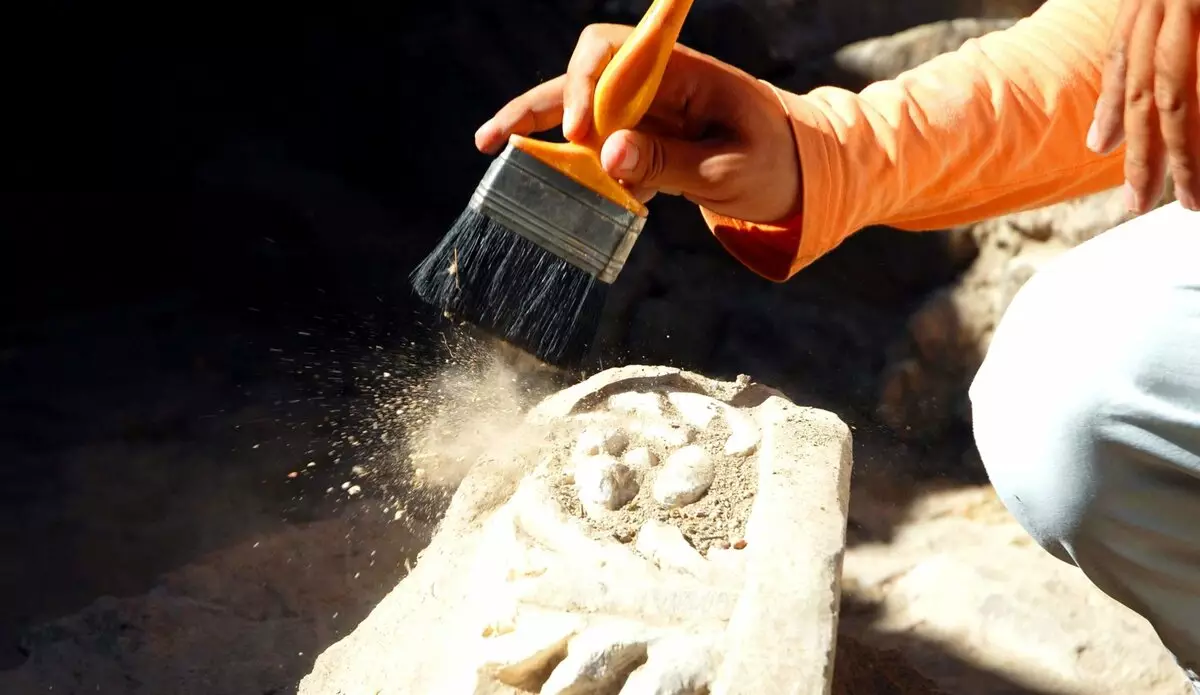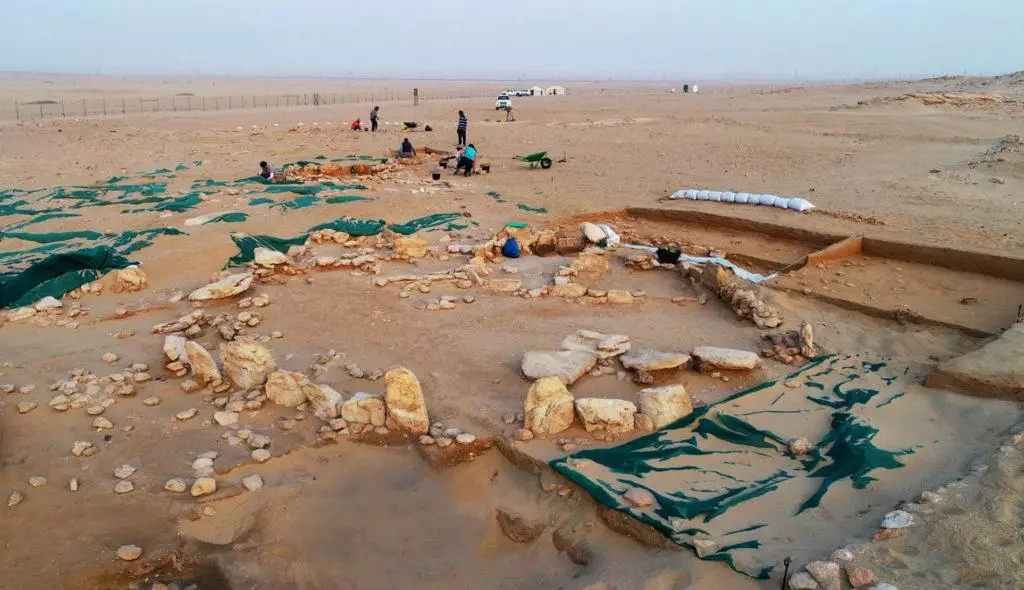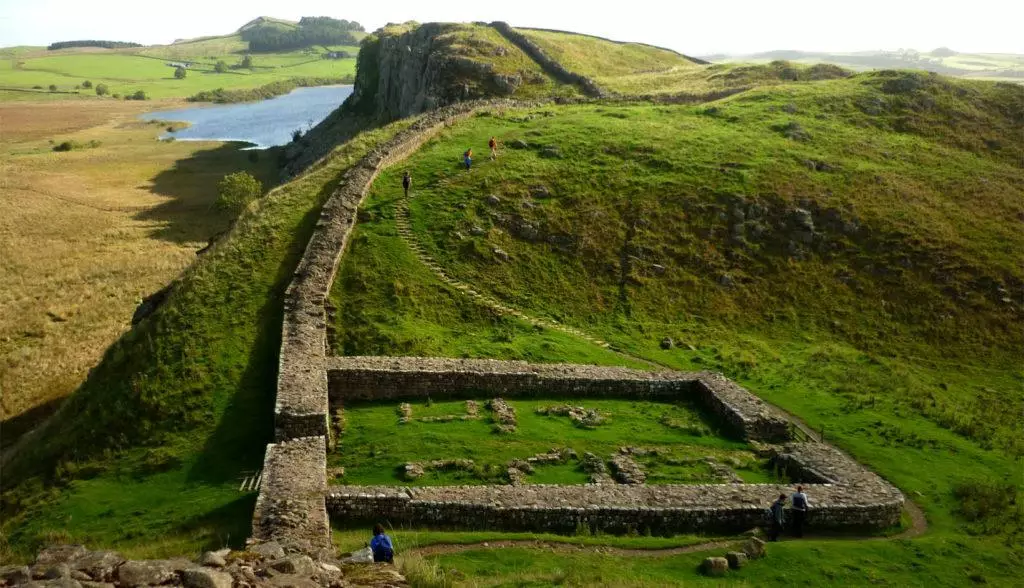
Archaeological excavations are carried out in places of the approximate location of the ancient monuments in order to further research. For hundreds and thousands of years, they are naturally covered with soil, organic substances and garbage. Excavations require multiple costs, and to determine where it is to conduct them, archaeologists involve a number of methods.
What is a cultural layer?
The cultural layer is the main object of interest to archaeologists. It is the laying of soil in place, which was previously populated by people. It contains traces of human activity in the form of residues of buildings, tools, household goods, art, etc.

The state of archaeological monuments depends on environmental conditions. For example, objects are best preserved in the zone of permafrost, as well as in wet layers, where the amount of air was minimal.
Interesting fact: the thickness of the cultural layer depends on what people did and how much time they spent in this place. It varies from a pair of centimeters up to 30 m, and sometimes more. On the excavation of the cultural layer of the large area, dozens of years go.
Excavation technology
The area that archaeologists is engaged is called the excavation. It is desirable that a solid area is simultaneously processed, but often this process is accompanied by different restrictions. The plot is divided into squares of 2 m and gradually raise the soil with layers of 20 cm or layers if they are well distinguishable. When excavation of the structure, they find one wall and begin to move from it.
The soil that does not represent values is cleaned with shovels and knives. Archaeological monuments are treated much more careful using brushes and tweezers. If the find has an organic composition to preserve the integrity as much as possible, it can be preserved at the detection site, poured with paraffin or gypsum. Gypsum is also used to obtain blinders - poured emptiness to them.

The entire excavation process is photographed, and at its ending a detailed scientific report is drawn up with descriptions, drawings and other documents. In many countries, including in Russia, before starting the excavations, it is necessary to obtain permission.
Methods of archaeological intelligence
Archaeological intelligence represents a complex of methods aimed at the search for ancient historical monuments. It helps specialists not only to determine as accurately as possible, where to carry out excavations, but also in the preparation of cards, determining the relationship between several monuments.
Intelligence is carried out both outside and underground. Any study begins with the study of historical records, documents and other evidence that in a particular region there were settlements of people, battles and other events occurred.
Visual and remote intelligenceIf there is no vegetation in place or any objects are clearly visible to the naked eye, visual intelligence is carried out. Simply put, it is an inspection of the area for the presence of monuments, which were on the surface as a result of soil erosion and other phenomena. Experienced archaeologists on surface irregularities can determine that defensive shafts, irrigation canals and other objects are hidden under the ground.

Remote examination applies in cases where the territory occupies a large area. At the same time, pictures of the earth's surface with satellites and photos obtained by aerial recovery are analyzed.
Depth explorationIt is a trial extraction of soil and its further study. The goal of deep intelligence is to confirm the availability of valuable historical objects. Thoroughly, their study is then carried out during the excavation.
Chemical analysisIn external and deep intelligence, scientists check the ground for mercury, phosphates, lipids. These substances indicate the presence of organic substances, as well as rotation processes. Such finds may indicate deep deposits.
Before carrying out excavations, archaeologists are focused on historical data to determine the approximate location of the monuments. The distance surveys, visual and deep intelligence methods are then used, as well as a chemical analysis of soils to refine the location of artifacts.
Channel site: https://kipmu.ru/. Subscribe, put heart, leave comments!
